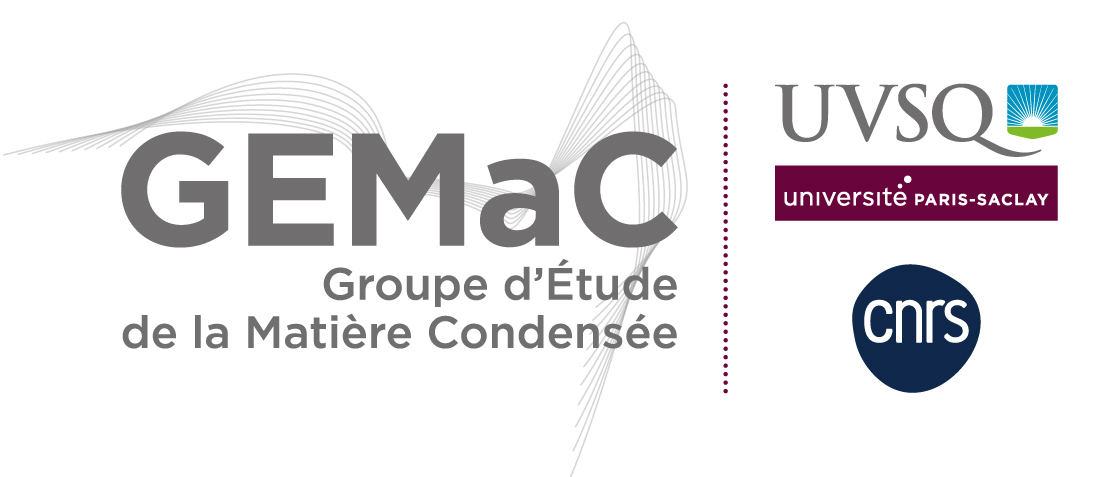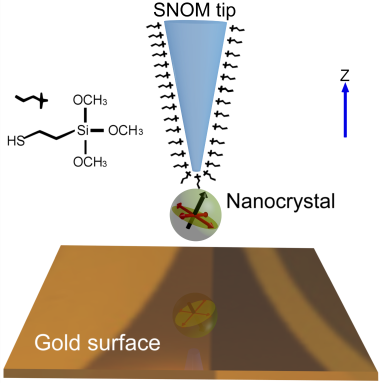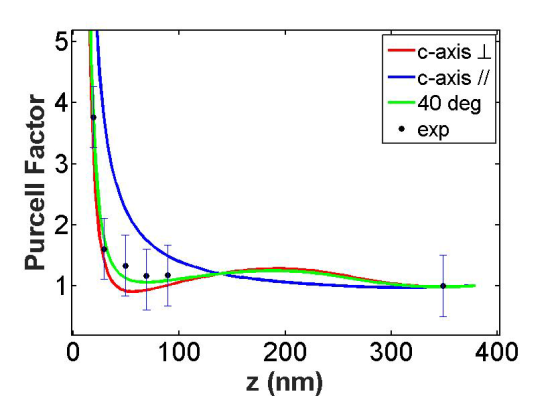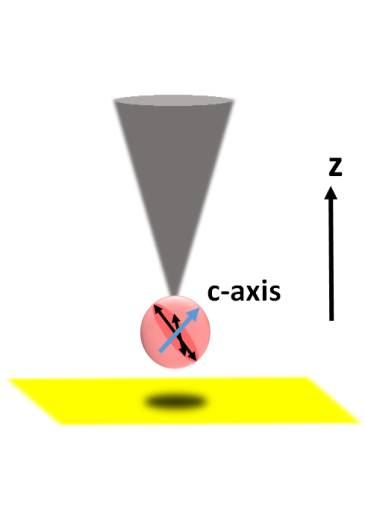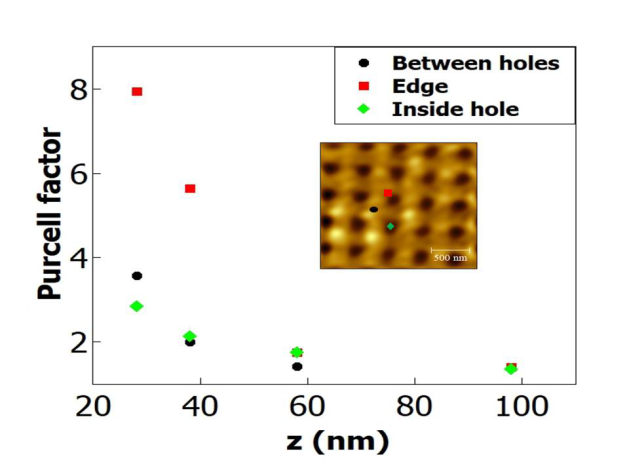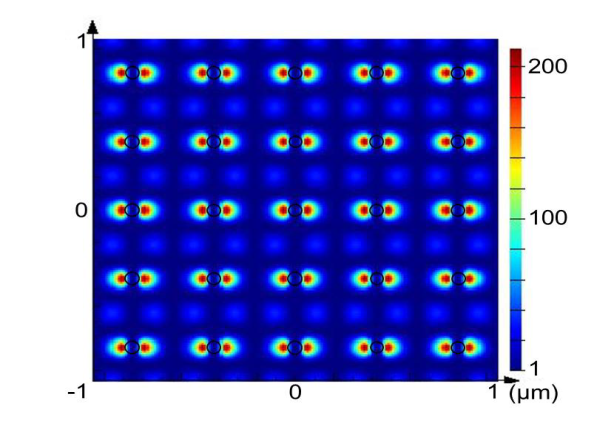Axis 3 – Quantum nanophotonics
Research topics
Members
Permanent staff:
Stéphanie Buil, PR (head of the team)
Jean-Pierre Hermier, PR (vice-director of GEMaC)
Xavier Quélin, PR
Damien Garrot, MCF
Aymeric Delteil, CR
Guillaume Quibeuf, IE
Non permanent staff:
Trang Thi Huyen Nguyen, PhD student
Domitille Gérard, PhD student
Hien Phan, PhD student
Helmi Fartas, PhD student
Andrés Núñez Marcos, PhD student
Ayoub Gualous, PhD student
Tien Thanh Nguyen, PhD student
Former group members

